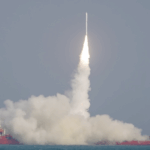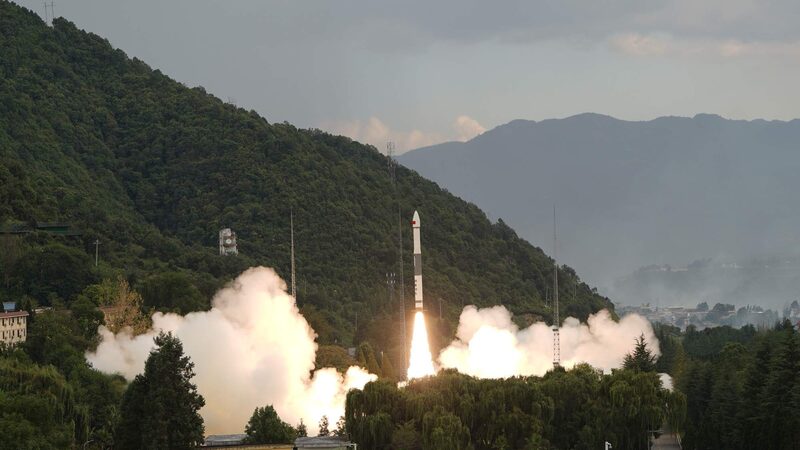China just took a giant leap toward building a space-based supercomputer! 🌌 On May 14, the country launched 12 cutting-edge satellites as part of its Three-Body Computing Constellation project – a bold plan to deploy thousands of satellites that could deliver 1,000 peta operations per second (POPS) of computing power. That’s like having a floating data center in the sky! 💻✨
How It Works
Developed by Chengdu-based startup ADA Space and Hangzhou’s Zhejiang Lab, these satellites are packed with AI brains 🤖 and laser-powered communication links (up to 100 Gbps!). They can process data in real-time while orbiting Earth, slashing delays caused by sending info back to the ground. Right now, the cluster’s 5 POPS capacity rivals some of Earth’s top supercomputers – and this is just the start!
Why Space Computing?
As satellite tech advances, the data floodgates are opening. 🌊 "If we keep sending everything back to Earth, we’ll hit major bottlenecks," warns CAS academician Wang Jianyu. By crunching numbers in orbit, China aims to boost everything from disaster response 🚨 to lunar missions 🌕. Plus, it’s a testing ground for futuristic AI architectures that could reshape tech on Earth.
Obstacles Ahead
Space isn’t exactly a cozy office park. 🥶 Radiation, extreme temps, and microgravity demand ultra-durable hardware. Costs are astronomical too – launching thousands of satellites could cost billions, especially without reusable rockets yet. And with each satellite lasting 5-10 years, upkeep bills will stack up. 💸
But collaboration is key! ADA Space’s Star Compute initiative has teamed up with 54 global partners to push toward a 2,800-satellite network. As Zhejiang Lab’s Wang Jian puts it: "This isn’t about satellites – it’s about computing. Satellites are just the new PCs." 💡
Reference(s):
From Earth to orbit: China's ambition to advance AI space computing
cgtn.com






